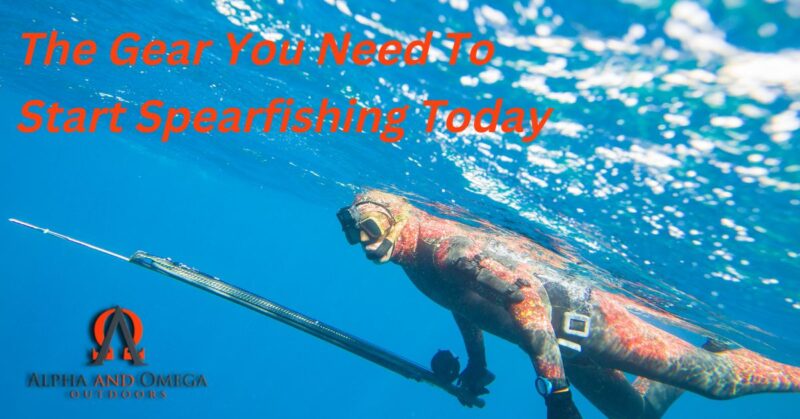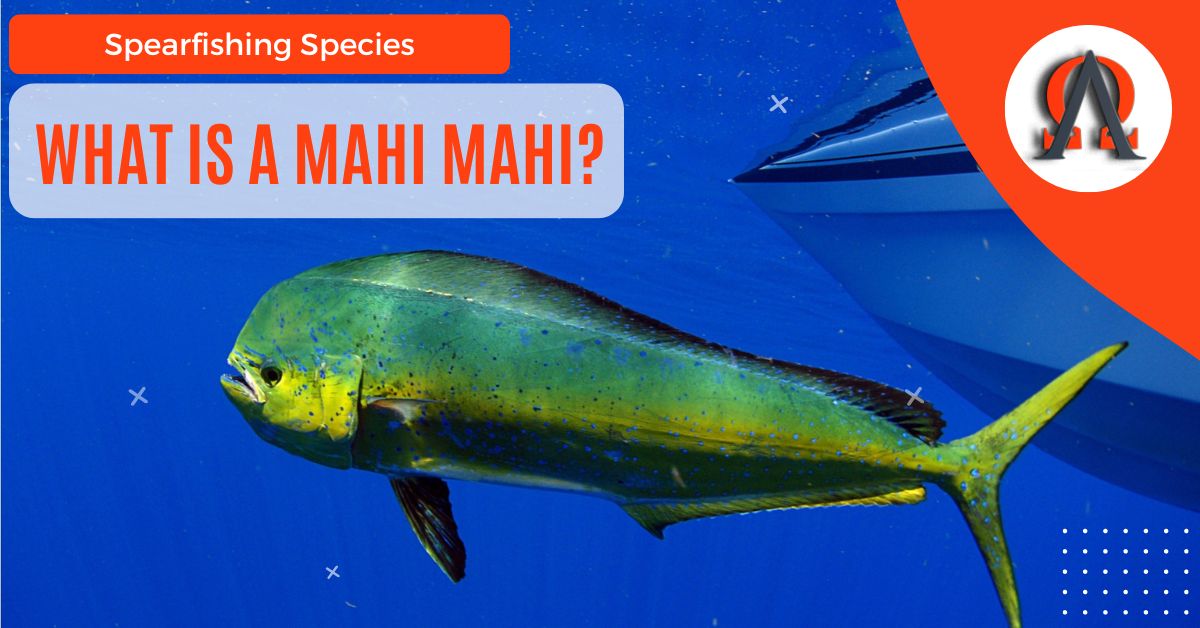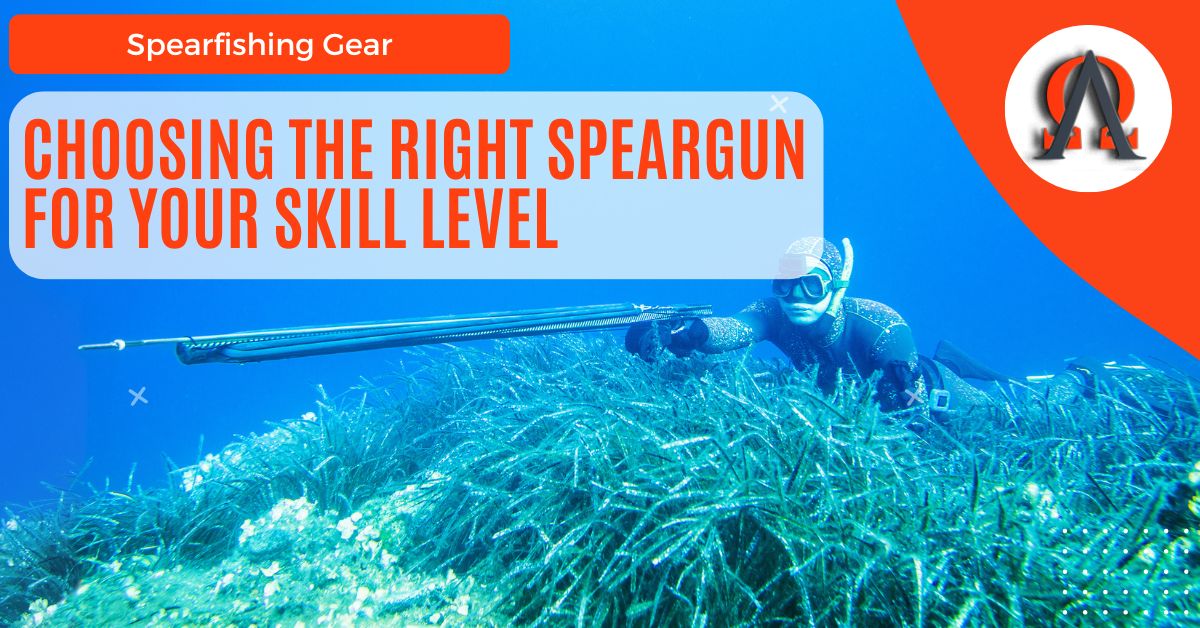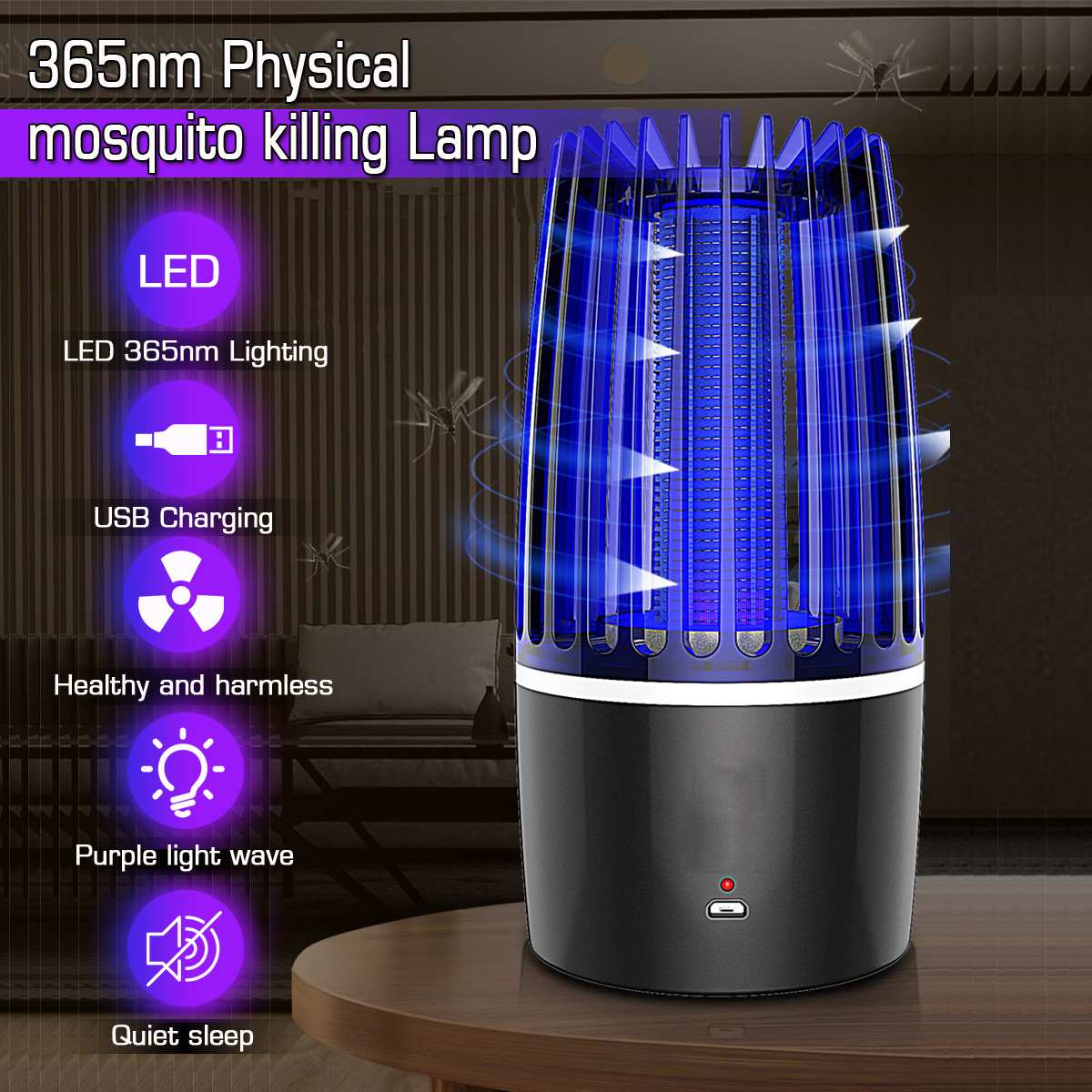
The ancient art of spearfishing has been around for as long as humans began hunting for food in our oceans, These days, more spearfishing gear is available – for your comfort and safety – but the principle remains the same. It is popular around the world and is welcomed in many places due to its low-impact on the environment, especially in areas that encourage ‘eco-tourism’ and conservation.
As long as you observe the rules and the laws, and avoid targeting protected species, then this pastime can bring hours of enjoyment, combining the pleasure of scuba or freediving with the thrill of hunting fish – all without causing pollution or contributing to ‘overcatch’.
Firstly, though, you will need to ensure you have the right spearfishing gear to get you started.
Table of Contents
- Spearfishing Gear Essentials
- Final Thoughts – The Gear You Need To Start Spearfishing Today
- Frequently Asked Questions – The Gear You Need To Start Spearfishing Today
- What do I need to start spearfishing?
- What type of speargun should I buy?
- How do weight belts help with spearfishing?
- What gear do you need to spear fish?
- What type of knife is best for spearfishing?
- How deep can you dive with no gear?
- How much does it cost to start spearfishing?
- What is a good entry level speargun?
Spearfishing Gear Essentials
Mask & Snorkel
Try a few different styles to get the right, air-tight fit. Faces vary quite a lot in shape and size, and you’ll want one that will be comfortable. Go for a low-profile model, as it will help with the air-pressure issues. The less air inside the mask, the less pressure.
Different lenses are suited to different water conditions. Clear, see-through lenses are great for crystal-clear waters, but in water with low-visibility, a mask with a colored filter will help you see better under the water by increasing the level of contrast.
Any standard U-shaped snorkel will do the job nicely, but you might want to consider investing in a slightly more expensive one as they tend to be made of softer rubber. They will have a more malleable mouthpiece and be more comfortable against the side of your head as you dive.
Freediving Fins
These are different from scuba diving fins, as they help you to generate more force from each kick. Scuba diving fins tend to be shorter and feel less flexible. When freediving, you need to be as efficient as possible with your energy – the more energy you expend, the quicker you’ll use up the oxygen and will have to take a breath. This means that freediving fins are longer and more flexible, usually made from carbon fiber, glass fiber or thermoplastic. These offer a range of flexibility, which affects the price quite drastically. Be aware, though, that the carbon fiber models, although generally more expensive, can be fragile and prone to breaking on impact with hard surfaces.
Dive Socks
Dive socks are designed to be worn with the fins mentioned above, providing comfort and protection from cold temperatures and abrasions. Most examples are made from neoprene, for maximum comfort and flexibility. While it is possible to wear fins without dive socks, you might find that after a while the constant rubbing will result in blisters.
Open-Cell Wetsuit
Although more expensive than closed-cell wetsuits (open-cell suits have air bubbles in the material) they offer far more benefits. Firstly, they are more comfortable and provide greater insulation against cold water. They can be worn for longer, though they need to be lubricated for your continued comfort. They are flexible but can tear easily if you aren’t careful. Unless you’re going for deeper dives into colder water, a suit with a thickness of no more than 3mm should be adequate.
It is well worth investing in a camouflage print, or a color that will suit the environment in which you will mostly be diving; brown will be best for rocky terrain, and blues will help in clear water. This will help you get closer to the prey without fear of scaring them away.
It may also be worth investing in a suit that has a chest-guard, which is a padded area to ease the discomfort from reloading the speargun.
Weight Belt & Weights
Weight belts are pretty essential, helping you achieve ‘neutral buoyancy’. Naturally, you will start to float to the surface, but the lead weights inside the belt counteract this and keeps you underwater. A good-quality weight belt is worth investing in, as they expand or contract along with the wetsuit, providing a good, comfortable fit, so you won’t have to worry about adjusting it continually.
Dive Knife
When it comes to knives, think small and sharp. It is basically there for your safety, not for hunting. There may be a situation where you need to cut a spearfishing line, or thick, trailing seaweed or rope that could ensnare you. In those cases, you need to act quickly and a good, sharp knife could just save your skin. Cheaper, stainless steel knives will be prone to rusting, so will need to be cleaned regularly. More expensive models, such as H1 steel or titanium tipped knives, can avoid this problem.
Freediving Computer
These are a handy piece of equipment, providing valuable information to keep you safe and help you to become more proficient in your diving and spearfishing adventures. These can monitor your heart rate, keep track of dive times and lengths, and help to avoid the risk of decompression sickness (the bends) by tracking nitrogen levels. This small gadget could be a lifesaver, so choose wisely.
Now you have a better idea of what’s involved, you can choose your equipment with confidence and head out to the water. Remember, always obey the local rules and laws, stay safe, and most of all, enjoy the dive.
Speargun
There are two basic types of speargun – those that use a powerful rubber band to propel the spear, and those that use compressed air. Bear in mind that the different models range from 45cm to 115cm, but the quoted length usually refers only to the barrel. This is not the case with the air-powered models, where the length in the description is the actual length.
Pneumatic spearguns tend to be smaller and more compact, making them better for deeper and longer dives. They can be noisy – which risks scaring the fish – and require more maintenance than the rubber band versions.
For a beginner, a shorter, rubber band powered model would suffice. They are accurate, silent, and will help you become more confident in your spearfishing skills.
Final Thoughts – The Gear You Need To Start Spearfishing Today
Spearfishing can be an exciting and rewarding sport, but it requires the correct equipment to ensure your safety and success. It is important to understand the different types of wetsuits, weights and belts, knives, freediving computers and spearguns before making a purchase. With all this in mind, you should have no trouble finding the right gear for your next spearfishing adventure. Good luck and happy diving!
Frequently Asked Questions – The Gear You Need To Start Spearfishing Today
What do I need to start spearfishing?
To start spearfishing, you need a wetsuit, weight belt and weights, dive knife, freediving computer and a speargun.
What type of speargun should I buy?
For beginners, it is recommended to buy a shorter rubber band powered model. These are accurate, silent and will help you become more confident in your spearfishing skills. Pneumatic spearguns tend to be smaller and more compact, making them better for deeper and longer dives, but they can be noisy and require more maintenance.
How do weight belts help with spearfishing?
Weight belts, also known as dive belts, are used to counteract buoyancy and keep you submerged underwater. A good-quality weight belt is worth investing in, as they expand or contract to provide a good, comfortable fit so you won’t have to worry about adjusting it continually.
What gear do you need to spear fish?
To spearfish, you need a wetsuit to keep you warm and insulated in the water. Weights and a weight belt to counteract buoyancy, plus a dive knife for emergency situations. A freediving computer to monitor your heart rate and help avoid decompression sickness, and a speargun to actually hunt your prey. All of these items should be chosen with care and safety in mind.
What type of knife is best for spearfishing?
The best knife for spearfishing is one made of rust-resistant materials, such as H1 steel or titanium tipped knives. It should also have a secure sheath and be easy to access in an emergency situation. The length of the blade should be suitable for your needs, and it should have a comfortable handle.
How deep can you dive with no gear?
Without the necessary gear, diving deeper than 30 feet is not recommended. This is because it becomes increasingly difficult to control buoyancy the deeper you go, and the risk of decompression sickness increases significantly. It is important to have the right gear and understand the basics of spearfishing before going out.
How much does it cost to start spearfishing?
The cost to start spearfishing varies depending on the gear you need and the quality of that gear. Generally, an entry-level wetsuit, weights and belt, dive knife, freediving computer and speargun should cost around $300-$400 USD. It is important to invest in quality gear for safety and success.
What is a good entry level speargun?
A good entry level speargun is a shorter, rubber band powered model. They are accurate, silent and will help beginners become more confident in their spearfishing skills. Pneumatic spearguns are more compact and powerful for deeper dives but make a louder noise and require more maintenance.
Latest Posts
- Hopping into Adventure: My Experience of Rabbit Hunting in Wyoming
- The Guide to Discovering Black Bears in Wyoming: Where to Search for These Mighty Creatures
- Best Ways to Start Spearfishing – Is Scuba Diving or Freediving the Best Way?
- Discovering the Art of Mule Deer Hunting: Tips and Tricks for Finding Your Next Trophy Buck
- Surviving the Wild: Mastering the Art of Building a Fire in the Mountains





